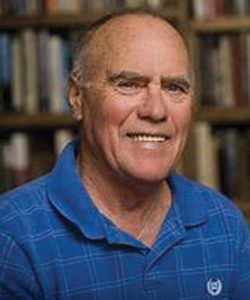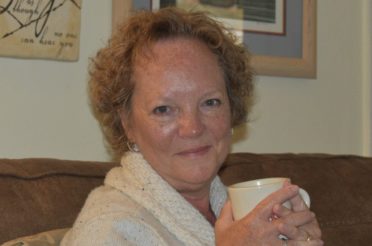By David Freeze
We just had the shortest day of the year on Tuesday. It was a chilly day in the low 40s with just about nine hours of cloudy daylight. The perfect day to watch a movie, read a book or take a nap. All these things usually are done with lots of sitting. Many of us have jobs that are done while sitting for most of the day. It’s certainly easier to sit than keep moving around. We all need to take some time to rest and relax. Up to a point!
When we sit, we use less energy than when standing or moving. Research has linked sitting for long periods of time with a number of health concerns. These include obesity and a cluster of conditions such as increased blood pressure, high blood sugar, deep vein thrombosis, excess body fat around the waist and abnormal cholesterol levels. Too much sitting overall and prolonged periods of sitting also seem to increase the risk of death from cardiovascular disease and cancer.
Researchers aren’t sure why prolonged sitting has such harmful health consequences, but one explanation is that sitting relaxes your largest muscles. When muscles relax, they take up very little glucose from the blood, raising your risk of type 2 diabetes. Relaxing the muscles for too long causes a loss of strength.
It is often common to hear people say they are in pain and struggle to get up and move around. But just as likely is that their inactivity is helping to extend the duration or severity of the pain. Inactivity tightens the hip flexors and hamstring muscles and stiffens the joints themselves. Overly tight hip flexors and hamstrings affect gait and balance, making activities like walking harder and perhaps even setting the person up for a fall. Tight hip flexors and hamstrings may contribute to lower back pain and knee stiffness, issues that many people suffer with every day.
The Mayo Clinic says that any extended sitting, such as at a desk, behind a wheel or in front of a screen, can be harmful. An analysis of 13 studies of sitting time and activity levels found that those who sat for more than eight hours a day with no physical activity had a risk of dying similar to the risks of dying from obesity and smoking. However, unlike some other studies, this analysis of data from more than one million people found that 60 to 75 minutes of moderately intense physical activity a day countered the effects of too much sitting. Another study found that sitting time contributed little to mortality for people who were most active.
What can you do? Find ways to move more, some you’ve heard before and a few new ones to think about.
- Take a break from sitting every 30 minutes. Set a timer. You’ll be more alert.
- Get up and do productive tasks, even making a list of things that can be done on your feet.
- Stand when you can, such as when taking or making calls, or watching portions of a sporting event.
- Walk during small meetings and or conversations.
- Count steps, still very popular, with a goal of 10,000 a day.
- And finally, exercise for up to 60 minutes a day, but any movement helps.
The impact of movement, even leisurely movement, can be profound. For starters, you’ll burn more calories. This might lead to weight loss and increased energy. Also, physical activity helps maintain muscle tone, our ability to move and our mental well-being, especially as we age.
Join us Saturday morning for the Bradshaw Financial Planning Resolution Run 5K at the Forum. Running or walking the 5K is a great way to start 2022 with a commitment to physical activity. The event benefits Rowan Helping Ministries. More info can be found at www.salisburyrowanrunners.org .







